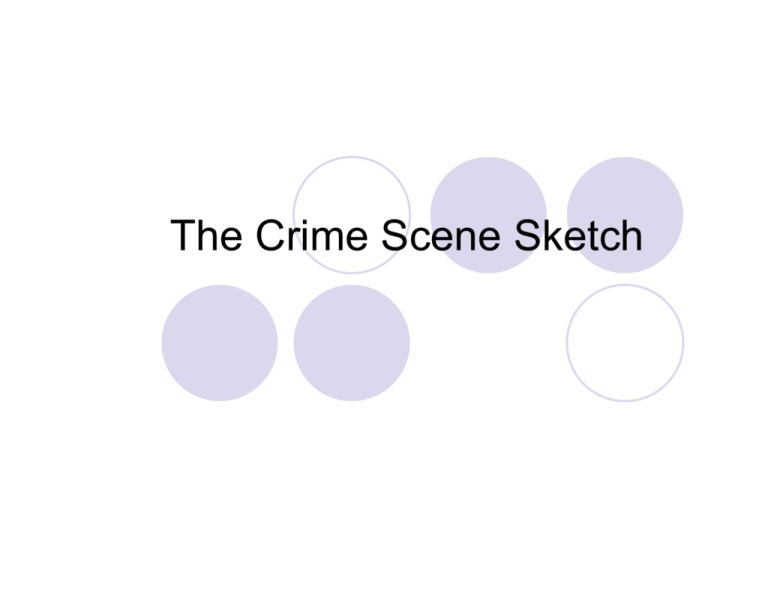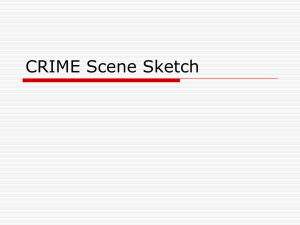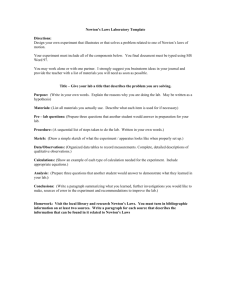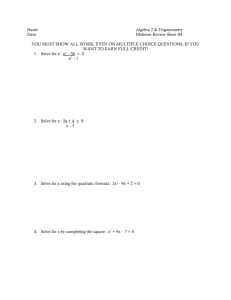The Crime Scene Sketch
advertisement

The Crime Scene Sketch
Introduction
zThe crime scene sketch:
zAccurately portrays the physical facts
zRelates the sequence of events at the scene
zEstablishes the precise location and
relationship of objects and evidence at the
scene
zCreates a mental picture of the scene for those
not present
zIs a permanent record of the scene
Overview
zA crime scene sketch assists in:
1) Interviewing and interrogating persons
2) Preparing an investigative report
3) Presenting the case in court
zThe sketch supplements photographs, notes,
plaster casts and other investigative
techniques.
zTwo types of sketches
{Rough sketch
{Finished or scale sketch
The Rough Sketch
z The rough sketch is the first pencil-drawn outline
of the scene and the location of objects and
evidence within this outline.
z Usually not drawn to scale
{Although distances are measured and indicated in the
sketch
z Sketch after photographs are taken and before
anything is moved.
z Sketch as much as possible.
Sketching Materials
z Paper
z Pencil
z Measuring tape
z Ruler
z Clipboard
z Eraser
z Compass
Steps in Sketching the Crime Scene
zObserve and plan
zMeasure distances
zOutline the area
zLocate objects and evidence within the outline
zRecord details
zMake notes
zIdentify the sketch with a legend and a scale
Measure and Outline Area
zA steel tape is best
{It doesn’t stretch
zUse conventional units of measurement
{Inches
{Feet
{Centimeters
{Meters
Measure and Outline Area
z North should be at the top of the paper.
z Determine Scale
{Take the longest measurement at the scene
and divide it by the longest measurement of the
paper used for sketching.
{½” = 1’ small rooms
{¼” = 1’ large rooms
{1/8” = 1’ very large rooms
{½” = 10’ large buildings
{1/8” = 10’ large land area
Measure and Outline Area
zMeasure from fixed locations
{Walls
{Trees
{Telephone poles
{Corners
{Curbs
{Outlets
{Any Immovable Object
Plot Objects and Evidence
zPlotting methods are used to locate
objects and evidence on the sketch.
zThey include the use of:
{ Rectangular coordinates
{A baseline
{Triangulation
{Compass points.
Rectangular Coordinates
Uses two adjacent walls as fixed points as distances
are measured at right angles
Baseline Method
zRun a baseline from one fixed point to
another, from which measurements are
taken at right angles.
Triangulation
zCommon in outdoor scenes
zUses straight-line measurements from two
fixed objects to the evidence to create a
triangle with evidence in the angle formed
by two straight lines.
Compass Point Method
zUses a protractor to measure the angle
formed by two lines
Cross-Projection Method
zPresents floors and walls as the were on
one surface.
Make a Legend
zContains:
{Case number
{Type of crime
{Investigator
{Persons assisting
{Direction of North
{Identifying information in sketch - Key
{Scale






